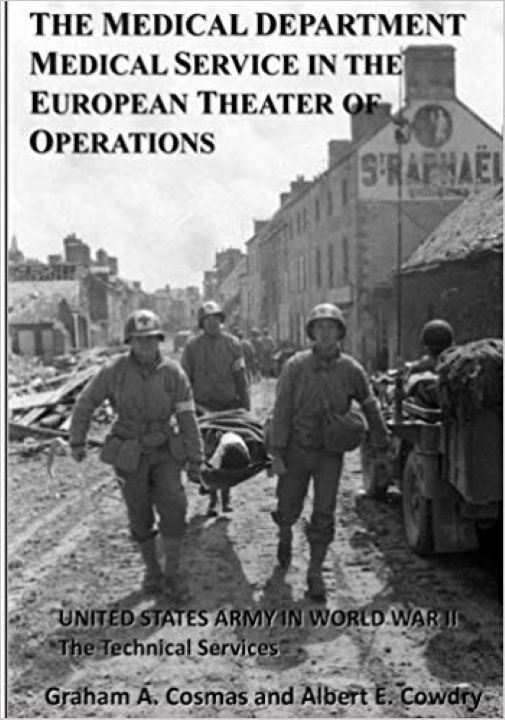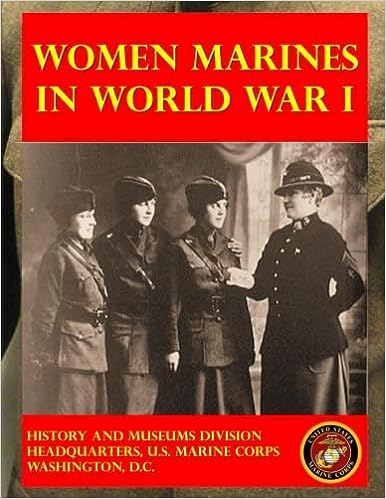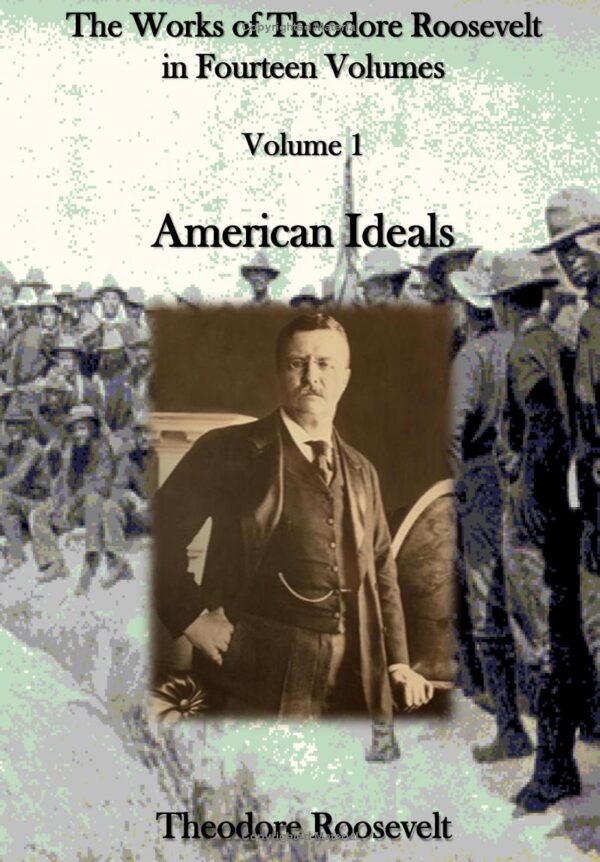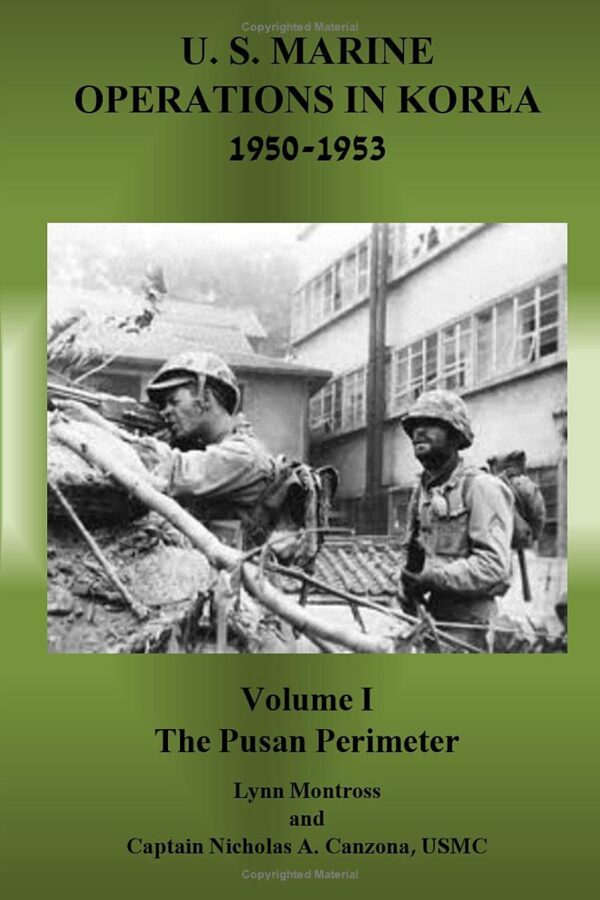The Medical Department: Medical Services in the European Theater of Operations (United States Army in World War II: The Technical Services)
From the Preface and Introduction – The Medical Department: Medical Service in the European Theater of Operations is the second of three volumes recounting the overseas activities of the U.S. Army Medical Department in World War II. Charles M. Wiltse’s volume on the Mediterranean and minor theaters was published in 1963, and a completed manuscript dealing with the war against Japan now exists in the Center of Military History. These volumes deal primarily with the operational and organizational history of Army medicine in the theaters, as distinguished from the clinical volumes published by the Office of the Surgeon General. In each case the combat narrative has been drawn from relevant volumes in the United States Army in World War II series, as well as from the large body of subsequent scholarship. Our aim has been to show how the military medical system organized itself in a combat theater; how medical planning was integrated with logistical and tactical planning; how medical troops were organized, trained and deployed; how hospitals were built and supplies assembled and moved forward; and how casualties were treated and evacuated from the field of battle. Although readily admitting the importance of combat service support forces, military students and historians alike tend to concentrate on combat and combat support units when studying operations, giving only passing attention to the vital work of the logisticians, signalmen, transport troops, and the rest. This is regrettable, for the operations of combat service support units—especially in a global conflict like World War II with its vast distances and varied terrains—have much to teach us about modern warfare, lessons that remain of surpassing importance to our profession. The Medical Department: Medical Service in the European Theater of Operations supports the proposition that the experience of medical personnel in war directly stimulates advances in medical science. More importantly, it demonstrates that the organization of health care in the combat zones, including evacuation of the wounded, control of disease among troops and civilian populations, and care of prisoners of war, contributed directly to the Allied victory. The exploits of the doctors, corpsmen, and medical support units provide a model for the planning and organization of medical support in today’s Army.
672 pages





